Markus Harrer
Getting to Know Your Legacy (System) with AI-Driven Software Archeology
#1about 5 minutes
Applying archaeological techniques to legacy software systems
Legacy systems present challenges like poor documentation and missing context, which can be addressed by applying archaeological methods to understand their history and structure.
#2about 4 minutes
Using excavation to map your legacy codebase
The Wheeler-Kenyon method can be adapted to software by creating a grid-like treemap of a codebase to visualize file age and development hotspots.
#3about 10 minutes
Identifying code patterns with AI-driven typology
Typology involves classifying scattered source code files into technical and business concepts, a repetitive task that large language models can automate.
#4about 5 minutes
Scoring the conceptual integrity of software components
An LLM can score how well a piece of code implements its intended concept, helping to identify trustworthy and mixed-up parts of the system.
#5about 4 minutes
Reconstructing component history with chaîne opératoire
The chaîne opératoire technique uses an LLM to analyze commit history and generate a timeline of a component's evolution, revealing its purpose and key contributors.
#6about 1 minute
How to effectively leverage AI for legacy code
Successfully using AI on legacy systems requires breaking down the problem and providing specific context rather than feeding the entire codebase to a model.
Related jobs
Jobs that call for the skills explored in this talk.
Matching moments

39:20 MIN
Using AI to manage legacy code and technical debt
Transforming Software Development: The Role of AI and Developer Tools

10:25 MIN
Why legacy code is so difficult to understand
Seven Myths, Three Reasons, One Goal

15:00 MIN
The mission to maintain and improve legacy applications
Coffee with Developers - Robby Russell
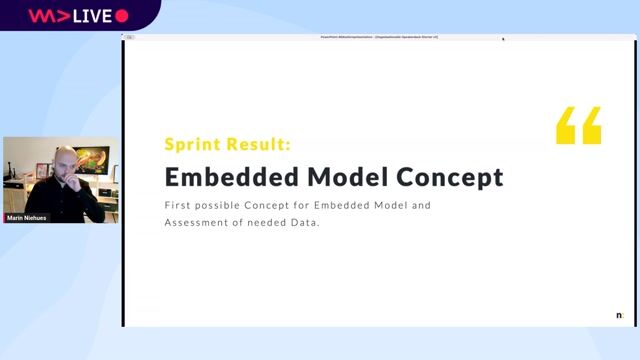
09:04 MIN
Distinguishing true AI from legacy rule-based algorithms
AI beyond the code: Master your organisational AI implementation.
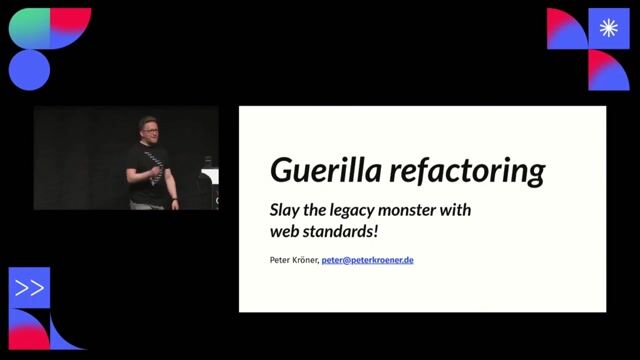
02:11 MIN
Understanding the nature of legacy project monsters
Defeat that legacy monster! Guerilla refactoring with web standards

28:49 MIN
How AI will reshape software development and documentation
Coffee with Developers - Scott Chacon on growing GitButler and the future of version control
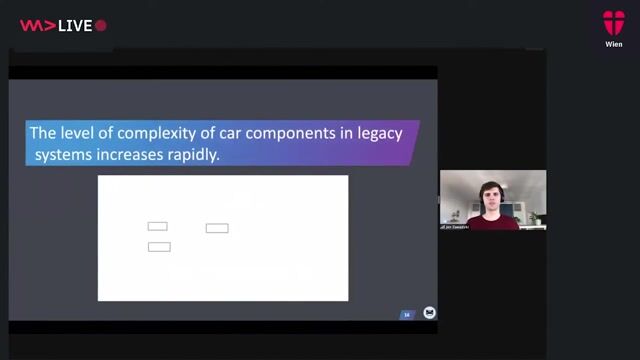
17:57 MIN
Challenge two: Adapting legacy architectures and processes
How Machine Learning is turning the Automotive Industry upside down
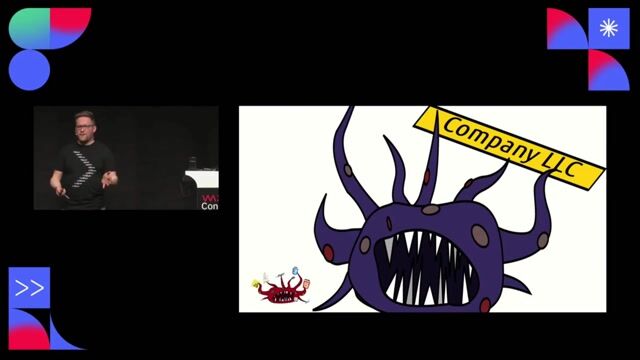
04:02 MIN
How good intentions lead to broken legacy projects
Defeat that legacy monster! Guerilla refactoring with web standards
Featured Partners
Related Videos
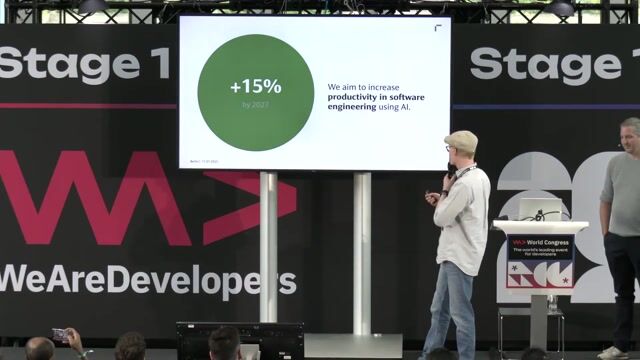 15:26
15:26New AI-Centric SDLC: Rethinking Software Development with Knowledge Graphs
Gregor Schumacher, Sujay Joshy & Marcel Gocke
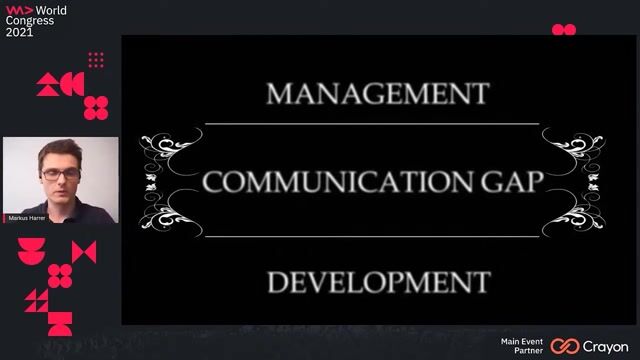 48:10
48:10Data Science on Software Data
Markus Harrer
 30:23
30:23Grappling With Clunky Old Software? Start by Understanding What’s Inside!
Luc Perard
 04:17
04:17Leapter: The Reinvention of Software Development? A Future Built On AI Generated Code.
Robert Werner
 28:22
28:22AI-Powered Code Documentation: Simplify the Complex
Patrick Schnell
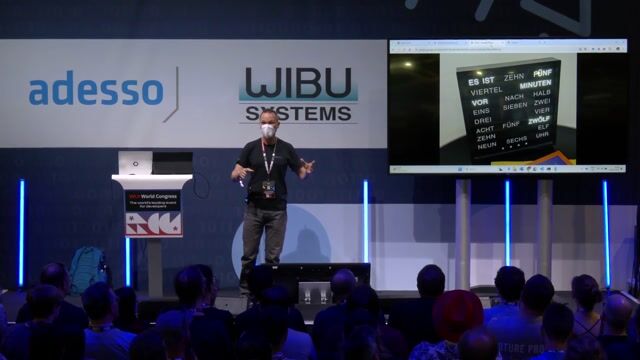 31:39
31:39Livecoding with AI
Rainer Stropek
 08:23
08:23Migrating from COBOL with AI: A Moonshot Demo
Julia Kordick
 26:38
26:38Leveraging Large Language Models for Legacy Code Translation: Challenges and Solutions
Michael Niebisch
From learning to earning
Jobs that call for the skills explored in this talk.



Senior Systems/DevOps Developer (f/m/d)
Bonial International GmbH
Berlin, Germany
Senior
Python
Terraform
Kubernetes
Elasticsearch
Amazon Web Services (AWS)

Tech Lead (m/f/d) - Berlin
Patronus Group
Berlin, Germany
Senior
Kotlin
Android
Angular
Spring Boot
Amazon Web Services (AWS)
![Senior Software Engineer [TypeScript] (Prisma Postgres)](https://wearedevelopers.imgix.net/company/283ba9dbbab3649de02b9b49e6284fd9/cover/oKWz2s90Z218LE8pFthP.png?w=400&ar=3.55&fit=crop&crop=entropy&auto=compress,format)
Senior Software Engineer [TypeScript] (Prisma Postgres)
Prisma
Remote
Senior
Node.js
TypeScript
PostgreSQL


Machine Learning Engineer
Picnic Technologies B.V.
Amsterdam, Netherlands
Intermediate
Senior
Python
Machine Learning
Structured Query Language (SQL)

AI Engineer / Machine Learning Engineer / KI-Entwickler
Agenda GmbH
Remote
Intermediate
API
Azure
Python
Docker
+10

AI Engineer / Machine Learning Engineer / KI-Entwickler - Schwerpunkt Cloud & MLOps
Agenda GmbH
Intermediate
API
Azure
Python
Docker
PyTorch
+9